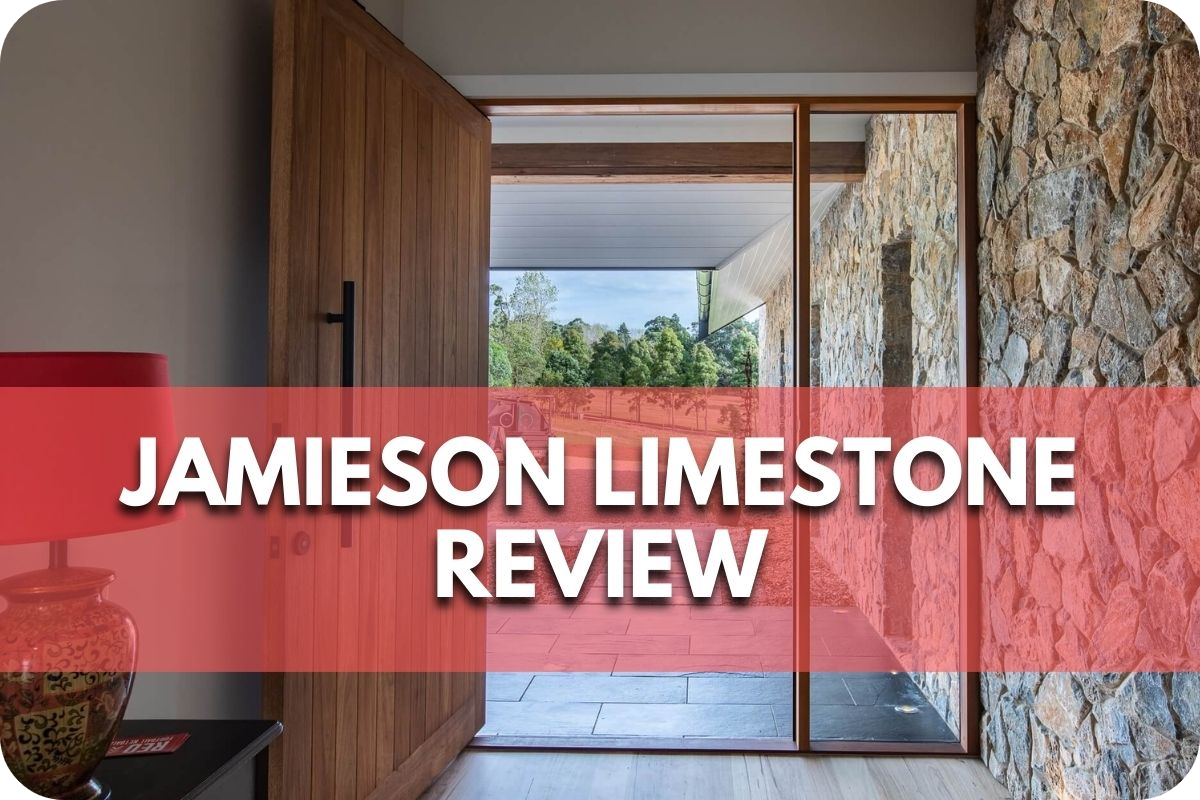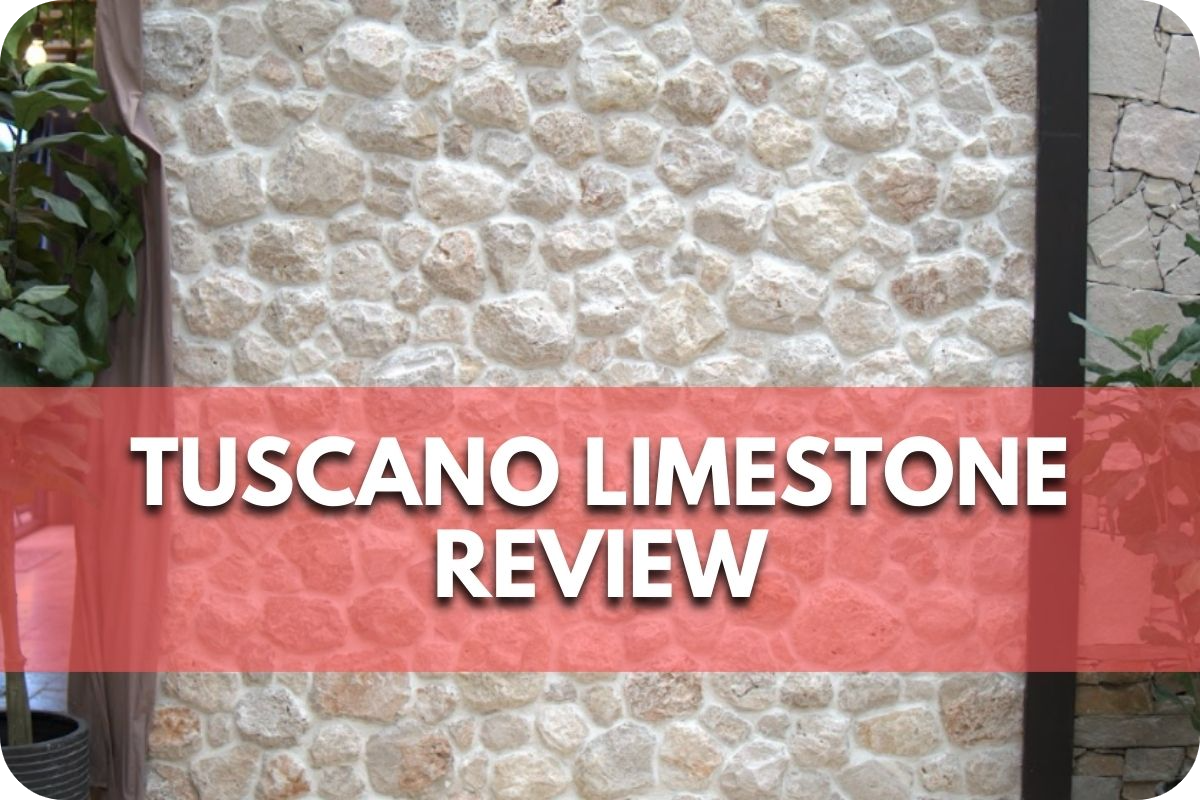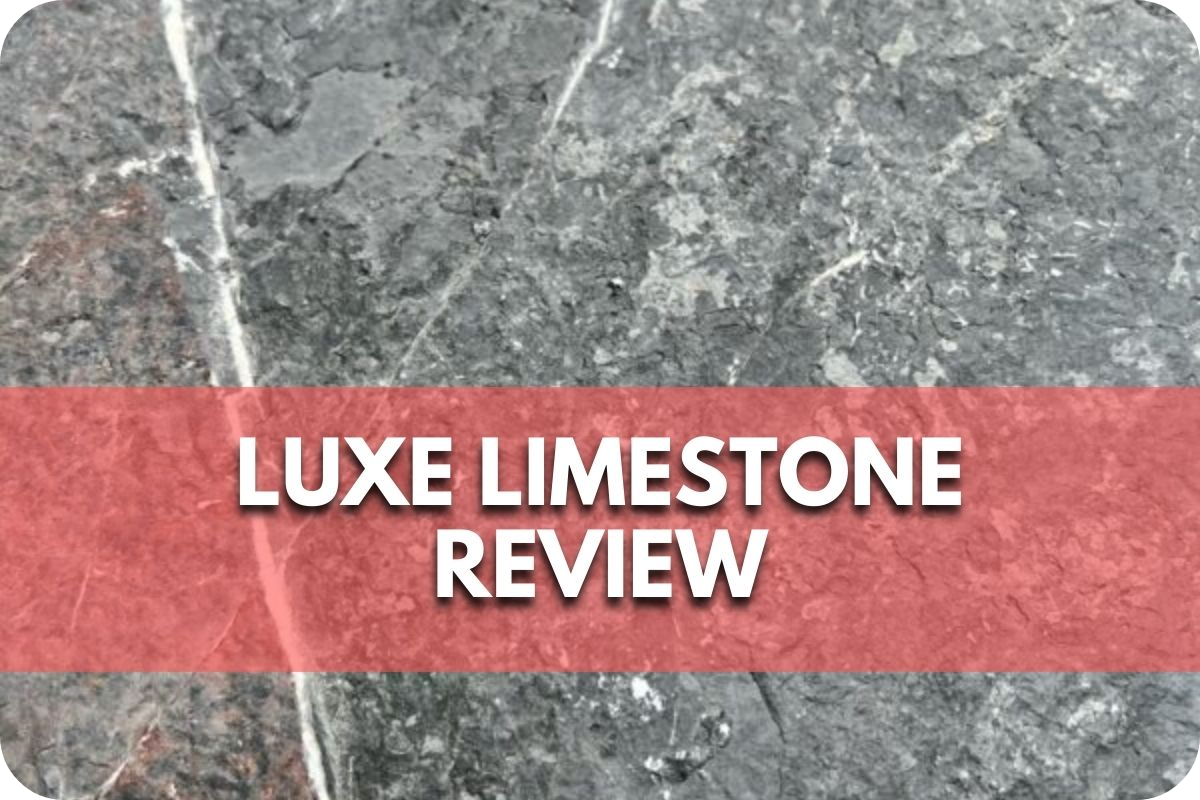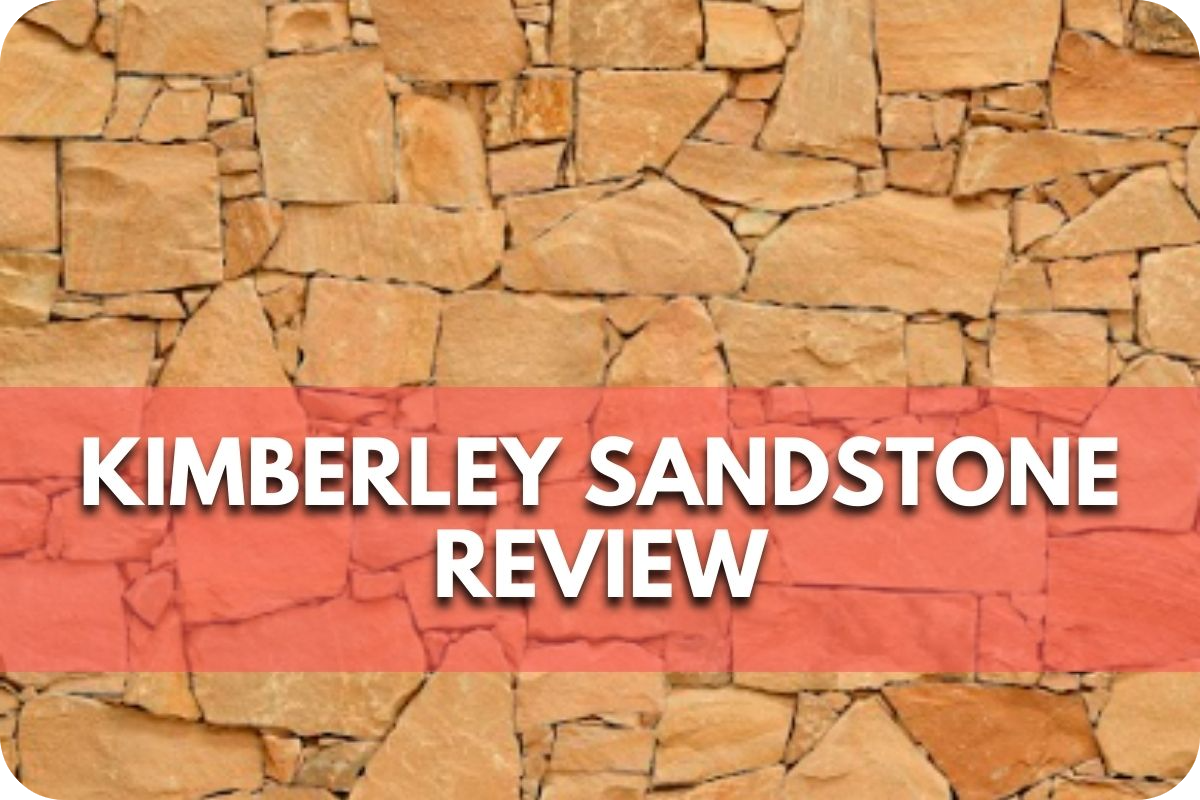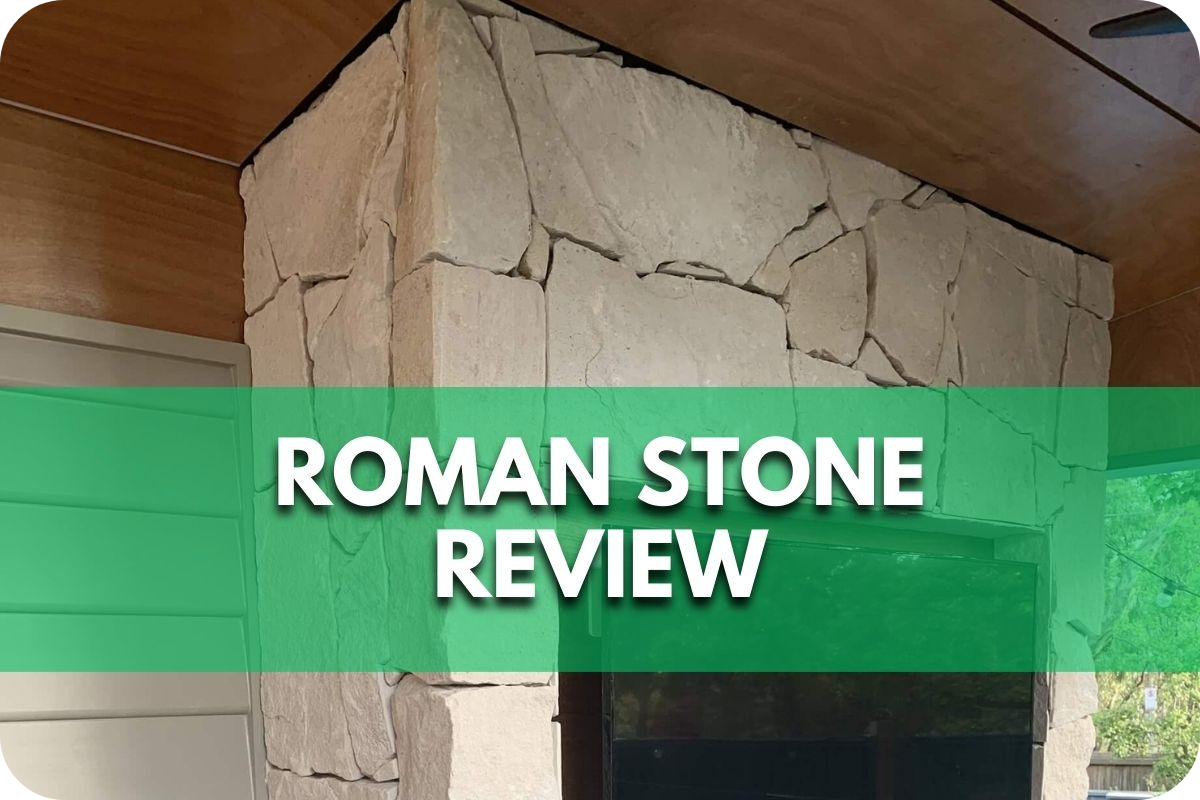Grange Limestone Review (Wall Cladding): Is It the Right Choice for You?
Choosing the right wall cladding material can be daunting, with durability and aesthetics at stake.
Many options either compromise on style for resilience or demand high maintenance, making the decision tougher and potentially costly in the long run.
Grange Limestone offers a unique blend of elegance and endurance, making it an excellent candidate for those seeking both style and longevity. In this review, we delve deep into whether Grange Limestone is the right choice for enhancing your space with sophistication and practicality.
Overview of Grange Limestone Wall Cladding
Grange Limestone is renowned for its robust aesthetic appeal and functional properties, making it a popular choice for wall cladding in residential and commercial settings.
This natural stone is quarried with precision, ensuring each piece exhibits unique textural patterns and a rich, earthy colour palette that ranges from soft beiges to deeper greys.
Grange Limestone is especially favoured for its versatility. It comes in various finishes including polished, honed, and brushed, each offering a different vibe and functionality.
The polished finish shines in more formal settings, while the honed and brushed finishes suit high-traffic areas because they conceal scratches and marks.
In terms of installation, Grange Limestone tiles are relatively consistent in size and shape, facilitating a smoother and quicker installation process.
However, limestone is heavier, necessitating professional handling and installation to ensure a secure and lasting fit.
Grange Limestone is renowned for its durability. It can withstand harsh weather conditions, making it suitable for indoor and outdoor use.
Its thermal properties also make it an excellent insulator, helping to maintain ambient temperatures within a space.
Key Features of Grange Limestone
Grange Limestone wall cladding is distinguished by several key features that make it a standout choice for architects and homeowners alike:
- Natural Aesthetic: Grange Limestone boasts timeless beauty, with natural tones ranging from subtle beige to striking grey. Its inherent variations in colour and texture contribute to a visually engaging surface that complements various architectural styles.
- Durability: Grange Limestone is extremely durable. Its solid composition resists wear and tear, making it suitable for high-traffic areas and exterior applications where exposure to weather elements is a concern.
- Versatility: This limestone is available in multiple finishes, including polished, honed, and textured. This versatility allows it to adapt to different decor styles and functional requirements, whether providing a slip-resistant surface in wet areas or a sleek, sophisticated finish in a formal setting.
- Thermal Comfort: Grange Limestone possesses excellent thermal properties, helping to regulate indoor temperature by keeping environments cooler in the summer and warmer in the winter. This can lead to energy savings and enhanced comfort.
- Ease of Maintenance: While limestone is porous and requires sealing, Grange Limestone is relatively easy to maintain once sealed. Regular cleaning with mild soap and water is typically sufficient to keep the cladding looking its best.
Installation and Maintenance
Installation:
- Installing Grange Limestone requires precision to ensure a lasting and visually appealing finish. It is recommended that a professional installer experienced with natural stone be used. The substrate should be clean, stable, and moisture-free before beginning. Mortar is typically used for securing limestone tiles, and it’s crucial to allow adequate drying and setting time. During installation, arranging the varied patterns and colours to achieve a harmonious look is essential, as natural stone can have significant variations.
Read more about DIY installation projects
Maintenance:
- Grange Limestone is relatively low-maintenance but does require some care to maintain its aesthetic and durability. Since limestone is porous, sealing is necessary to protect the surface from staining and moisture absorption. This should be done immediately after installation and periodically thereafter, depending on the environmental exposure and traffic. Use a soft cloth or mop with a mild detergent and warm water; avoid acidic cleaners as they can etch the stone surface. Promptly cleaning up spills, particularly those of acidic substances like wine or coffee, is essential to prevent potential staining.
Practical Uses in Home and Garden
Grange Limestone is versatile and can be used effectively across various applications within the home and garden, enhancing both functionality and aesthetics.
Indoor Applications:
- Living Rooms and Hallways: Grange Limestone wall cladding adds warmth and texture to living spaces. Its natural hues complement various decor styles, from rustic to contemporary.
- Bathrooms: Limestone’s thermal properties are particularly beneficial in bathrooms, providing a naturally warm surface underfoot. Limestone in honed finishes is preferred here for its slip resistance.
Outdoor Applications:
- Facade Cladding: Grange limestone’s robust nature makes it suitable for exterior walls. It adds to the curb appeal and provides an additional layer of insulation.
- Landscaping Features: Grange limestone is commonly used in garden pathways and patios and as a decorative element around flower beds. Its durability ensures it withstands outdoor conditions while offering a coherent visual flow from the house to the garden.
Garden Walls: Building garden walls with limestone supports landscaping structures and blends naturally with outdoor environments, enhancing the overall garden aesthetics.
Considerations: When used outdoors, Grange Limestone should be sealed to prevent damage from moisture and freeze-thaw cycles, especially in colder climates. Its use around pool areas should be carefully considered due to its porous nature, requiring more frequent sealing to maintain its integrity and appearance.
Durability and Longevity
Grange Limestone is highly regarded for its durability and longevity, making it an excellent investment for residential and commercial properties. Its natural composition allows it to withstand the rigours of both time and environmental exposure.
Physical Durability:
- Grange Limestone is inherently tough, making it resistant to wear and tear, scratches, and chips. Its hardness and density also contribute to its ability to handle heavy foot traffic in places like lobbies or corridors without showing significant signs of distress.
Weather Resistance:
- This limestone performs exceptionally well under various weather conditions. It can resist freeze-thaw cycles, making it suitable for climates that experience severe winters. Additionally, its heat resistance makes it ideal for regions with high temperatures, maintaining its structural integrity without warping or cracking.
Longevity:
- When properly installed and maintained, Grange Limestone can last for decades. P periodic sealing enhances its longevity, which protects the stone from moisture penetration and staining. This maintenance ensures the limestone retains its aesthetic appeal and physical properties over time.
Aging Quality:
- One of the unique aspects of Grange Limestone is its ability to age gracefully. Over time, it develops a patina that many find aesthetically pleasing, adding character and depth to the stone’s appearance. This ageing process can make the limestone more integral to a property’s aesthetic over the years.
Styling Tips with Grange Limestone Wall Cladding
Grange Limestone wall cladding offers a versatile and stylish option for enhancing the aesthetic of any space. Here are some targeted styling tips to make the most out of this exquisite material:
- Colour Coordination: Grange Limestone typically showcases a palette of neutral tones, ranging from soft beiges to deep greys. Use this to your advantage by coordinating with complementary colours. Soft pastels or rich earth tones work well with beige, while cooler colours like blues and greens complement grey hues.
- Texture Play: The natural texture of limestone adds depth and interest to any room. Pair it with smoother surfaces like polished metal or glass for a dynamic contrast. This interplay of textures enriches the sensory experience of the space.
- Lighting: Proper lighting can dramatically enhance the look of limestone. Ambient lighting brings out the stone’s warm undertones, while directional lighting, like track lights or spotlights, can highlight its natural textures and contours. Consider installing dimmable lights to adjust the ambience as needed.
- Furnishing and Decor: Opt for furniture and decor that match limestone’s rustic yet refined quality. Wood, leather, and wrought iron are excellent choices that complement its natural charm. For a modern twist, integrate minimalist pieces emphasising clean lines and simplicity.
- Mixing Materials: While limestone stands beautifully, it also pairs well with other natural materials. For a cohesive look, combine limestone with wooden beams or panels, or incorporate metal elements for a more contemporary feel.
Pros and Cons of Grange Limestone
Here’s a precise and detailed overview of the pros and cons of Grange Limestone for wall cladding:
| Pros | Cons |
| Grange Limestone offers a timeless beauty, suitable for various architectural styles. Its natural tones can seamlessly integrate into any design scheme. | Being porous, it absorbs liquids easily, requiring regular sealing to prevent stains and moisture damage. |
| Known for its durability, Grange Limestone withstands physical wear and environmental conditions well, making it ideal for indoor and outdoor use. | |
| It provides excellent insulation, helping to maintain consistent indoor temperatures and potentially reducing energy costs. | |
| Installing limestone can increase a property’s value due to its luxury appeal and long-lasting nature. |
Conclusion
In summary, Grange Limestone offers a blend of durability, aesthetic versatility, and value-adding qualities, making it a superb choice for wall cladding.
If you value longevity and timeless elegance in your space, consider Grange Limestone. Ready to elevate your property?
Explore our diverse range of Grange Limestone options today.



